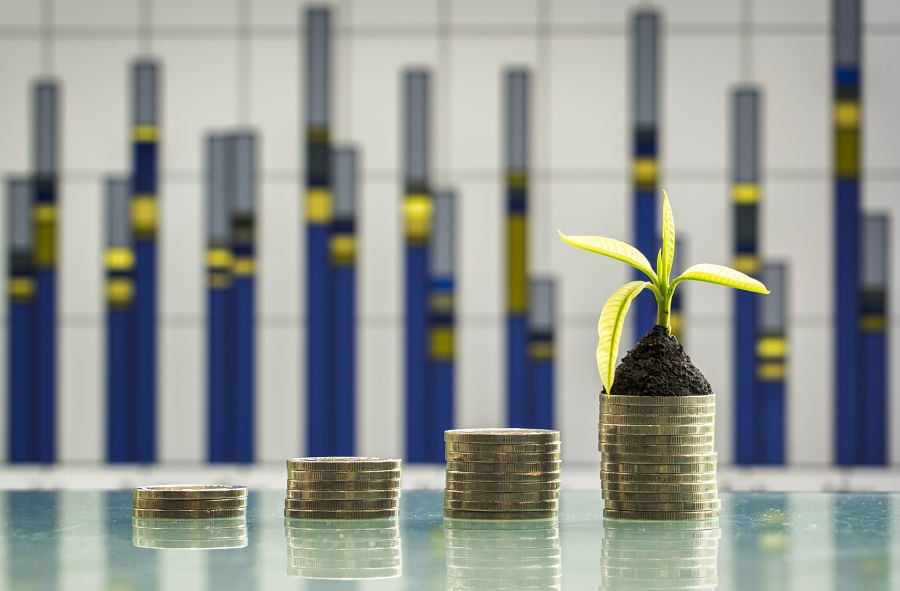

Although there are no formal standards for environmental, social and governance investing, it will continue to thrive because the marketplace will sort out which funds and companies follow through on their sustainable promises, experts said Wednesday.
“There’s never going to be one universal definition of every single ‘E’ issue, every single ‘S’ issue and every single ‘G’ issue, otherwise all the funds would end up owning the exact same stocks,” Joseph Keefe, president of Impax Asset Management, said at the virtual InvestmentNews ESG Summit.
Panelists in a session about transparency and the rise of mainstream ESG investing said there's a movement toward consistency in ESG disclosures, taxonomy and data thanks to third-party evaluators and government regulators.
But they cautioned that there likely will remain as many different opinions on what constitutes an ESG fund as there are about which stocks are value stocks.
“The march toward standardization has to slow down a little because we may be asking public authorities or taxonomists to do too much when the marketplace is going to shake a lot of this stuff out over time,” Keefe said.
Two funds can look at the same set of data about climate risk and come to different conclusions about which companies to put in their portfolio. For instance, one fund may emphasize excluding carbon-intensive companies. Another may focus on allowing some in if they are the best in their industry at reducing the environmental impact of their operations.
Whether a fund owns a particular stock doesn’t make it sustainable, said Leon Saunders Calvert, head of research and portfolio management at Refinitiv.
“It’s why you’ve got access to that stock, which is the underlying reason,” Calvert said. “Is it consistent with your explicit and transparent investment strategy and investment agenda? Can you articulate what your investment strategy is and is your stock selection consistent with that? There is not one way to be a legitimate ESG investor or ESG fund.”
Asset managers should pay particular attention to what a fund prospectus says about how the fund is sustainably investing, said Amy Domini, founder and chair of Domini Impact Investments.
“The question at the fund level of intentionality is one that I think is key for the asset manager to determine,” Domini said. “Have they made a promise? And are they living up to that promise?”
A range of opinions about ESG funds is a good thing, Calvert said. He said an ESG rating is more like a recommendation from a sell-side stock analyst than it is like a credit rating. There can be many disagreements among the former but a convergence for the latter.
“You need that cognitive diversity … so long as you have transparency into the methodology,” Calvert said.
Keefe argued that there's no single answer to what is a good ESG fund and he cautioned against imposing a “one-size-fits-all” standard.
“These are questions I don’t think we should ask of this industry because they’ve never been asked of any other industry in the past,” Keefe said.
Moderator Jeff Benjamin, a senior columnist at InvestmentNews, pressed the panel on greenwashing. But Keefe downplayed the problem.
He said regulations already target fraud involving prospectuses, and Securities and Exchange Commission enforcement helps ensure that funds that don’t do what they say they’re going to do are punished and publicly shamed.
“There’s not going to be a bright line on greenwashing,” Keefe said. “It’s a smaller problem than it’s being made out to be. Over time, it’s going to work itself out.”

The 25-year industry veteran previously in charge of the Wall Street bank's advisor recruitment efforts is now fulfilling a similar role at a rival firm.

Former Northwestern Mutual advisors join firm for independence.

Executives from LPL Financial, Cresset Partners hired for key roles.

Geopolitical tension has been managed well by the markets.

December cut is still a possiblity.
Streamline your outreach with Aidentified's AI-driven solutions
This season’s market volatility: Positioning for rate relief, income growth and the AI rebound
